Although wasps and bees are equipped with powerful stingers and protective behaviors, they are not exempt from falling prey to various species in the animal kingdom. From agile bats and colorful birds to stealthy spiders and opportunistic mammals, nature offers a fascinating array of predators that specifically hunt or opportunistically feed on these buzzing insects. Let's take a closer look at ten notable predators of wasps and bees.
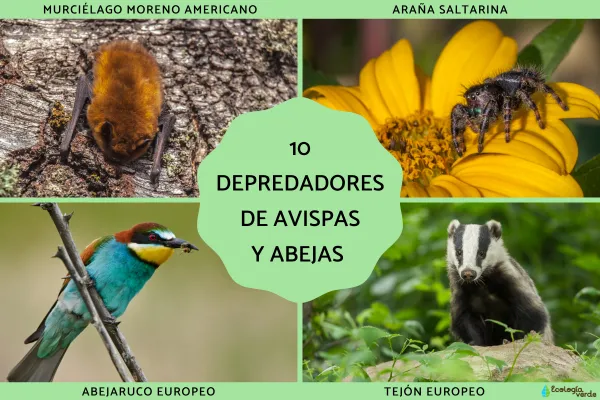
The big brown bat is an insectivorous species widely distributed throughout the Americas. While its main diet consists of beetles — whose hard exoskeletons it crushes with strong jaws — it also preys on bees, wasps, moths, and other flying insects it catches mid-flight at night. Studies have shown that juveniles consume a wider variety of softer insects than adults.
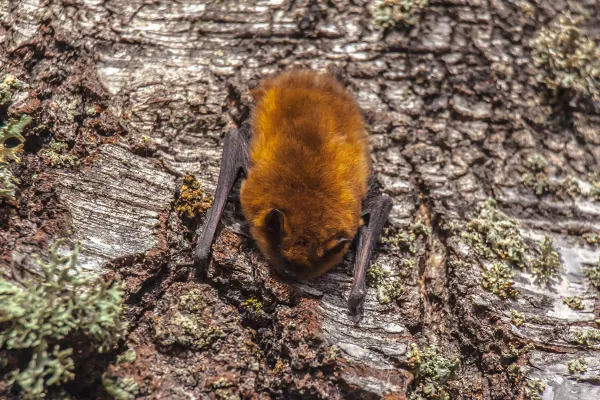
This insect is native to the Pampas region of Argentina and is known for its highly selective predation of bees, especially Apis mellifera (the European honeybee), regardless of the availability of other insect prey. Due to the significant losses it causes in honey production, it's considered a serious pest to local beekeepers.
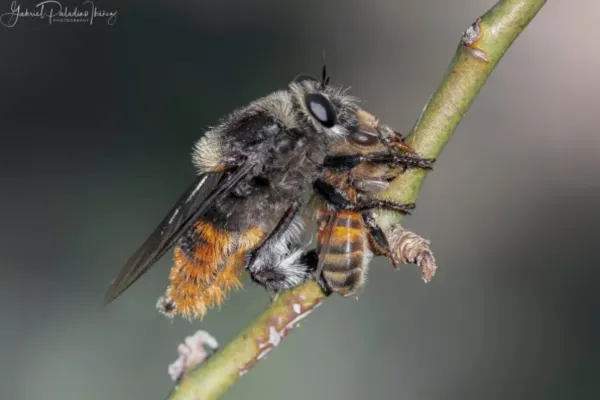
Native to North America, this spider doesn’t use webs to catch prey. Instead, it actively hunts and pounces on targets with great accuracy. Bold jumping spiders feed on a wide range of small insects, including bees and wasps, especially when these pollinators pause on flowers in gardens or urban areas.
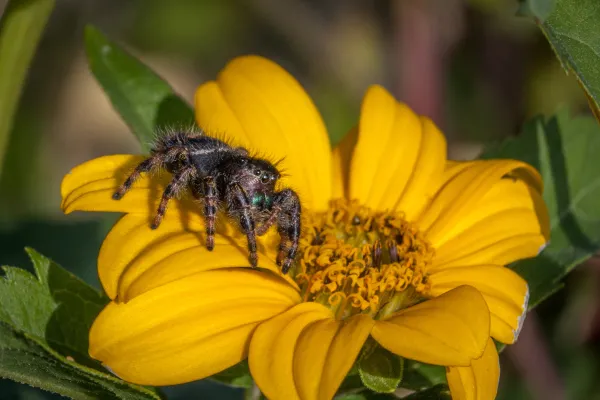
Endemic to Thailand, this specialized predator exclusively targets stingless bees of the Trigona genus, such as T. collina. The female lays eggs inside wild hives, and the nymphs guard the nest entrance, attacking returning worker bees. This species shows a high level of specialization, preying almost exclusively on social bee colonies.
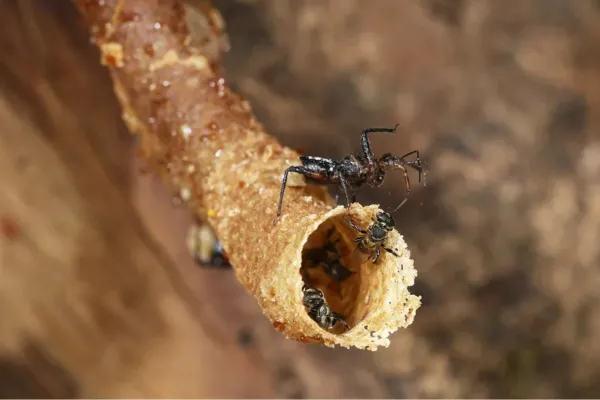
This American bird thrives in a variety of habitats and has a very diverse diet. Using its strong beak, it consumes insects like wasps and bees, as well as worms, larvae, fruits, small mammals, reptiles, and even fish. It captures bees and wasps in flight with remarkable precision.
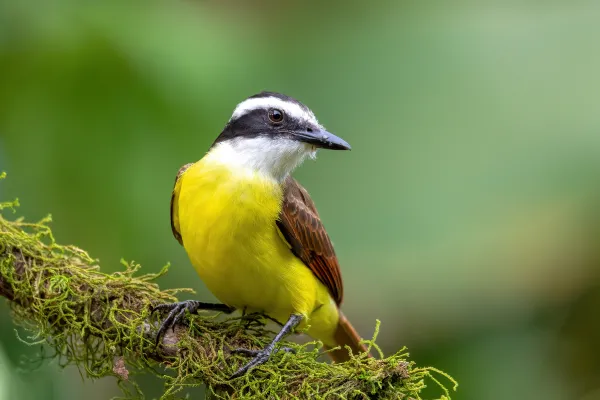
Known for its vibrant plumage, the European bee-eater is an expert aerial hunter of bees, wasps, dragonflies, and large flies. Found across Europe, northern Africa, and western to southern Asia, this bird often clashes with beekeepers as it frequents hives. Interestingly, it also preys on the invasive Asian hornet (Vespa velutina), helping control this harmful species.
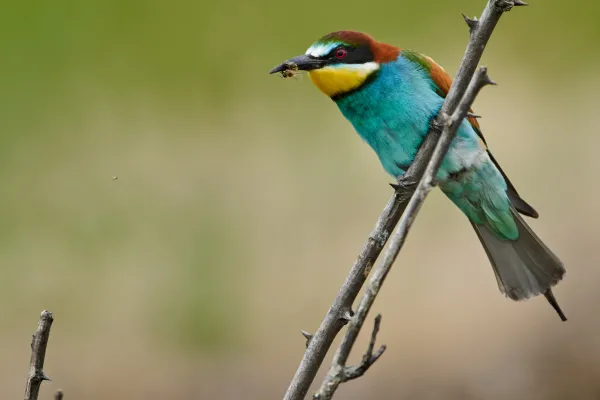
One of the most widespread and studied bird species globally, the barn swallow primarily feeds on flies and mosquitoes. However, it also hunts wasps, flying ants, bugs, and small beetles. It catches its prey through low-flying, acrobatic chases, often in small groups near nesting areas.
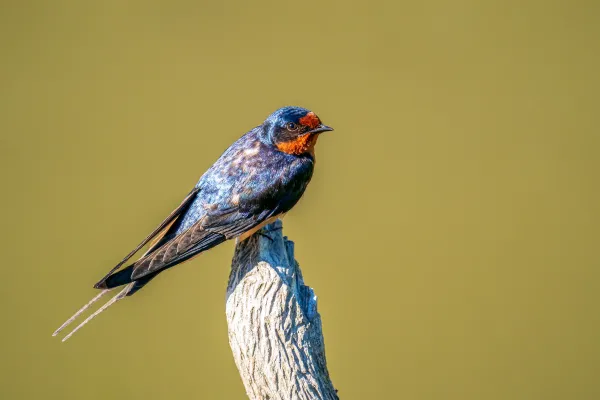
This anteater-like mammal ranges from Venezuela to northern Argentina and Uruguay. It specializes in eating termites, ants, wasps, and bees. Using its keen sense of smell and powerful claws, it tears open nests and uses its long sticky tongue to collect prey. It also consumes honey and beeswax.
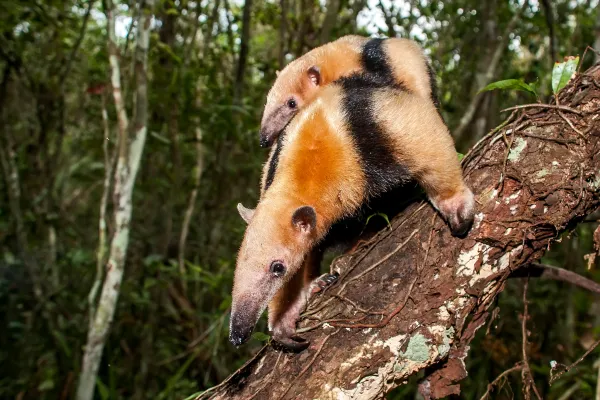
This omnivorous mammal is native to Europe and parts of Asia. It eats fruits, roots, small vertebrates, and insects — including underground wasp and wild bee nests. With strong forelimbs for digging and thick fur to protect against stings, badgers consume adult bees and wasps, larvae, honey, and wax. This behavior has been recorded in many rural and forested European areas.
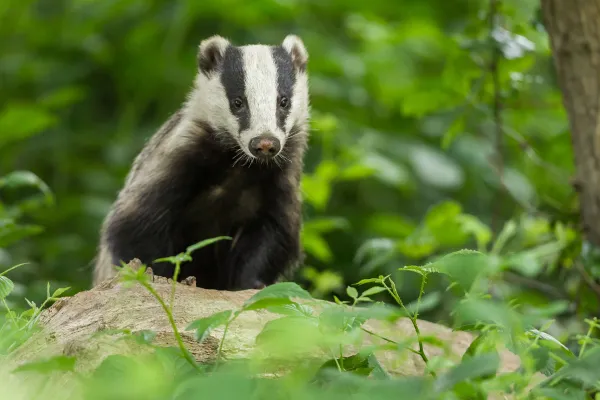
Found from the southern United States to Colombia, this omnivorous mammal is an opportunistic forager. It digs through logs, cracks, and soil in search of insects, fruits, small animals, and eggs. Coatis are known to raid wild beehives and wasp nests, feeding on adults, larvae, and honey. Their long snouts, strong claws, and relatively thick skin make them effective and frequent predators of these insects.
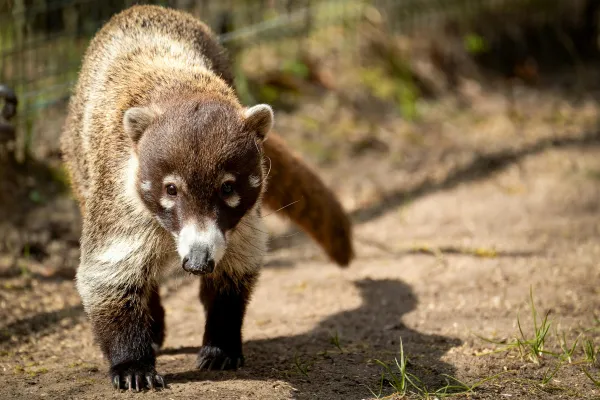
Despite their defensive abilities, bees and wasps face numerous natural predators. These animals play crucial roles in balancing ecosystems, ensuring that bee and wasp populations remain in check. Understanding these predators also helps us appreciate the complexity of food webs and the interactions that shape wildlife communities.
For more content like this, visit our Wild Animals section to explore fascinating insights into the natural world.
animal tags:
We created this article in conjunction with AI technology, then made sure it was fact-checked and edited by a Animals Top editor.